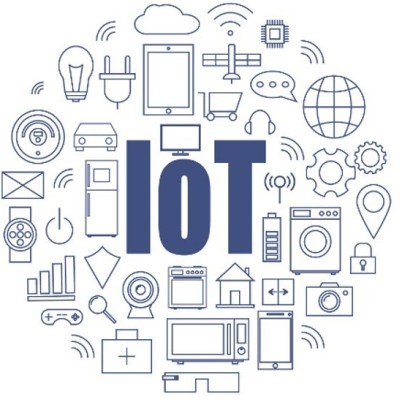  The government plans to track the movement of people through licence plate readers and the internet of things (IoT) ecosystem to mine mobility data as it seeks to create an intelligent transport system for the country.
A senior government official told ET that the government will soon frame standardised guidelines for mobility data collection. It will ensure this information is protected to prevent its misuse, he said, adding that the best global technology will be deployed to accomplish the objective.
The issue came up for discussion at Niti Aayog’s recent mobility summit, following which it was agreed that India needed to launch an effort to collect data and interpret this in a meaningful manner. Niti Aayog has proposed smart traffic sensors and using IoT to enable informed decision making.
IBM’s Watson Analytics and Alibaba’s City Brain could be among those that could be roped in to scour traffic data, provide interactive dashboards and set up command centres, said people with knowledge of the matter. Traffic management systems backed by artificial intelligence can also be deployed to control traffic.
The government would possibly start – independently or in association with partners in the private sector – by interpreting existing data sets such as intercity train capacity utilisation statistics to provide insights on the routes that need to be prioritised for improving public transport and shared mobility planning. A centralised informatics hub will be set up to mine mobility information using big data analytics that will help the government prepare an action plan to alleviate India's traffic woes.
“Accuracy and reliability in traffic data collection is fundamental in understanding our current mobility needs and planning future initiatives and infrastructure,” said the official cited above.
Standardised data collection guidelines, which include type and methodology, will soon be developed, he said. |